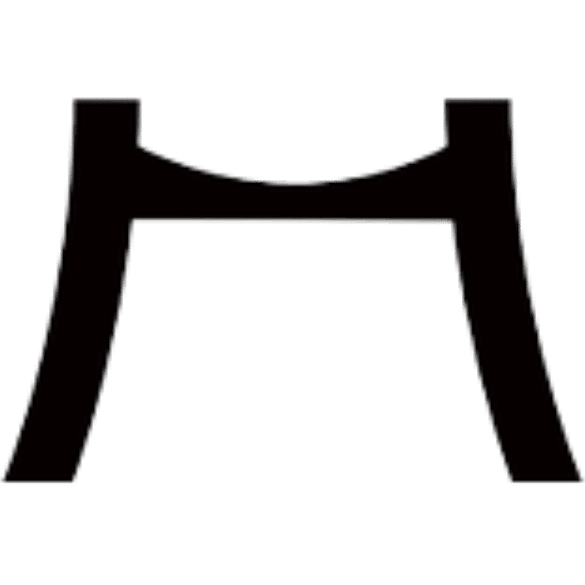0
£0.00
Mini Cart
Empty cart
No products in the cart.

Japanese origami is the ancient art tradition of paper folding. Interestingly, the name of origami can be broken down, with ori meaning ‘folding’ and kami meaning ‘paper’. Japanese origami is the creation of a finished sculpture made from a flat square sheet of paper through a series of folding and sculpting techniques. Modern Japanese origami discourages the use of cutting, glueing or marking the paper as this is associated with kirigami origami which is more characteristic of Chinese papercraft.
Traditional Japanese origami has evolved over many hundreds of years from very basic, ritual objects to the myriad of contemporary designs we see today. The origami bases that are the beginnings of so many origami models are Japanese in origin. Many specific origami models have beginnings that are difficult to trace, however, we know that some are much older than others.
In Japan, the earliest reference to a Japanese origami is in a short poem by Ihara Saikaku, written in 1680, which mentions a traditional butterfly design used during Shinto weddings. It then wasn’t until the 1860s when Japan opened its borders that Japanese origami became more prominent. As part of a modernization strategy, Japan imported Froebel’s Kindergarten system, the system of pre-school in which children were taught through creative play, and with it, German ideas about paper folding. These ideas and some of the European folding repertoire were integrated into the Japanese tradition.
By the early 1900s, many people began creating and recording original Japanese origami works. This led to a number of innovations, such as wet-folding and the Yoshizawa–Randlett diagramming system, a diagramming system used to describe the folds of origami models. During the 1980s a number of folders started systematically studying the mathematical properties of folded forms, which led to a rapid increase in the complexity of Japanese origami models.
Action Origami
Action Japanese origami includes origami that flies, requires inflation to complete or, when complete, can be moved by hand from 9intricatley designed flaps or limbs within the origami structure.
Modular Origami
Modular Japanese origami consists of putting a number of identical pieces together to form a complete model. Normally, the individual pieces are simple but the final assembly may be tricky.
Wet Folding
Wet-folding is a Japanese origami technique for producing models with gentle curves rather than geometric straight folds and flat surfaces. The paper is dampened so it can be moulded easily, allowing the final model to keep its shape when it dries.
Pureland Origami
Pureland origami is rather complex as the structure only allows you to use simple mountain and valley folds, with all the folds having to be straightforward. Some Japanese origami designers like the challenge of creating unique origami within these very strict constraints.
Origami Tessellations
Origami tessellation is a branch that has grown in popularity since 2000. A tessellation is a collection of figures filling a plane with no gaps or overlaps. In origami tessellations, pleats are used to connect the paper structures such as twist folds together in a repeating fashion.
Kirigami
Kirigami is a Japanese term for paper cutting. Cutting was often used in traditional origami, but modern innovations in the technique have made the use of cuts unnecessary. Most Japanese origami designers no longer consider models with cuts to be origami, instead using the term ‘Kirigami’ to describe them.
Strip Folding
Strip folding is a combination of paper folding and paper weaving. A common example of strip folding is called the lucky star, dream star, wishing star, or simply origami star where alternating star shapes are crafted by specifically folding and weaving strips of paper.
When it comes to crafting Japanese origami, there are several basic techniques that are used to create the sculptures. This includes simple diagrams of basic folds, such as the valley and mountain folds, pleats, reverse folds, squash folds, and sinks.
In terms of crafting materials, Japanese origami is made using paper or ‘kami’ that is square and thin, making it suitable for folding. It is commonly coloured on one side and white on the other, however, dual coloured and pattern versions are also often used. Japanese origami is also made using a range of traditional and artisanal Japanese papers such as washi, unryu, lokta, hanji and gampi. Their delicate and thin nature allows them to be easily compressed to create intricate pieces of Japanese origami.
It is common to fold using a flat surface, but some folders like crafting Japanese origami in the air with no tools, especially when displaying the folding. Many folders believe that no tool should be used when folding Japanese origami, however, a couple of tools can help especially with the more complex models. Bone folders, paper clips and tweezers are all often used for more complex and intricate designs.
Looking to explore traditional Japanese craft? At Atelier Japan, all of our pieces are synonymous with Japanese culture, embodying meticulous design, a strong work ethic, and a focus on aesthetic brilliance. Visit our website to browse our collection of traditional tea, silverware, pottery, jewellery and fans that are handcrafted by traditional Japanese artisans. https://www.atelierjapan.co.uk/





